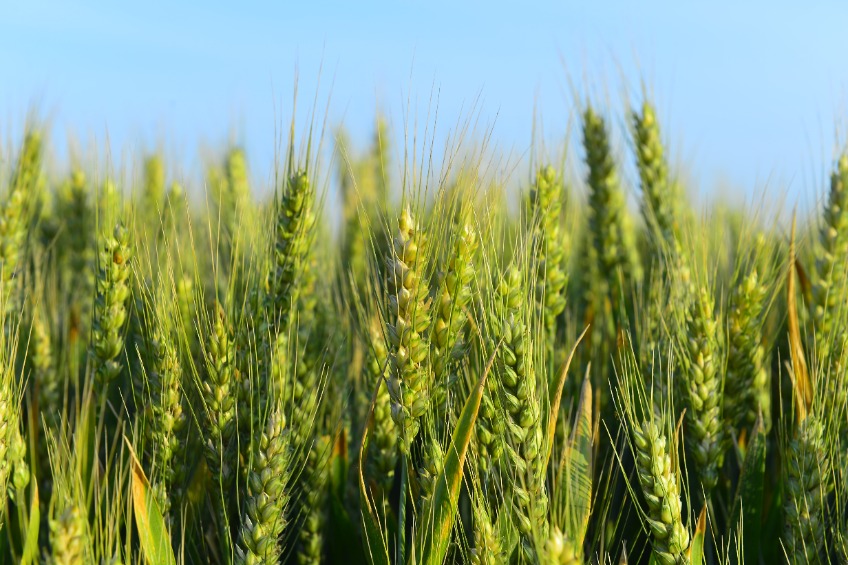
This year’s Early Bird Survey of growers' planting intentions indicates a continuation in the rise of winter cropping for harvest 2023.
These are unsurprising results, given the relatively favourable planting conditions for many growers this autumn.
The survey is carried out each autumn by the Andersons Centre and other agronomists to assess national cropping intentions.
This year’s survey covered 502Kha and represents the intentions of farmers across the UK during a snapshot in time.
The intended wheat area for harvest 2023 is forecast to be relatively unchanged (-0.1%) on the year, at 1,803Kha.
Despite coming down from the record highs seen in the spring, UK feed wheat prices have remained historically high, driven by the Ukraine war and the tight global supply picture.
In 2023, the total barley area is estimated to be down by 1.7% on the year at 1.089Mha, with a drop in intended spring barley plantings outweighing a rise in winter barley planting intentions.
The winter barley area is estimated to be 4.1 percent higher year-on-year, at 454Kha, which is marginally higher than the area planted in 2019 (453Kha).
If realised, the survey says it would be the largest winter barley area since 2003 (455Kha).
The spring barley area is forecast down 5.4% on the year at 635Kha, which would be the smallest area since 2012 (618Kha).
The estimated 2023 oat area sits at 162Kha, down 9.5% from 2022’s estimate (179Kha).
And growers' oilseed rape planting intentions for 2023 are pegged at 415Kha, up by 13.4% on 2022’s estimate.
This is a fairly significant increase on the year, and if realised, would be the second consecutive year of area growth.
Responding to the survey, Olivia Bonser, market intelligence analyst at AHDB, said its provisional results were unsurprising.
"Historically high global grain prices supported by the war in Ukraine, combined with favourable autumn weather and a larger drilling window, has impacted planting decisions for 2023.
“However, higher fertiliser cost and the impact on the 2023 crop quality and/or quantity should growers apply less fertiliser to mitigate some of this cost, will be something to monitor going forward.”
